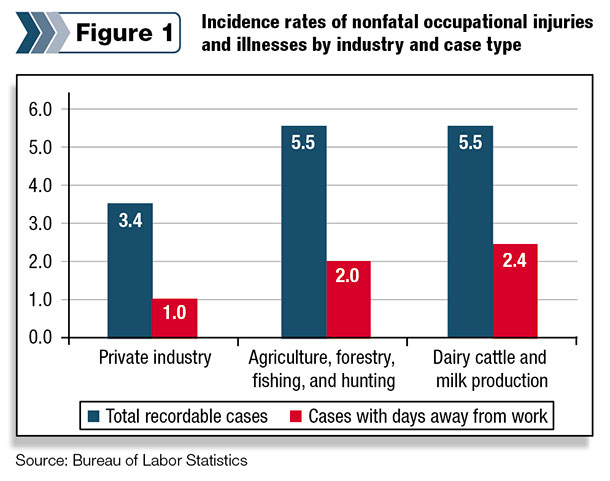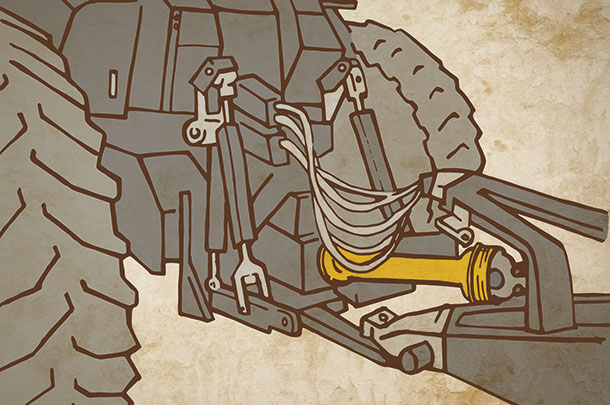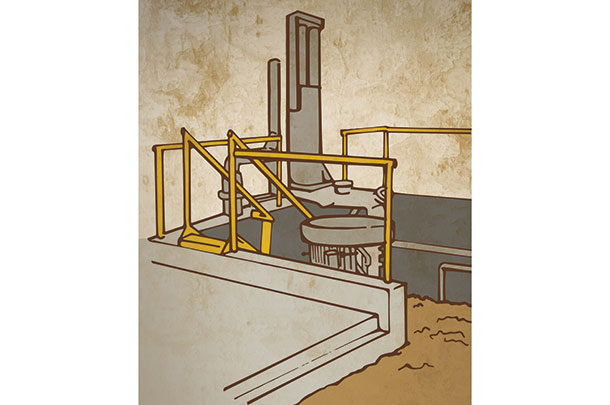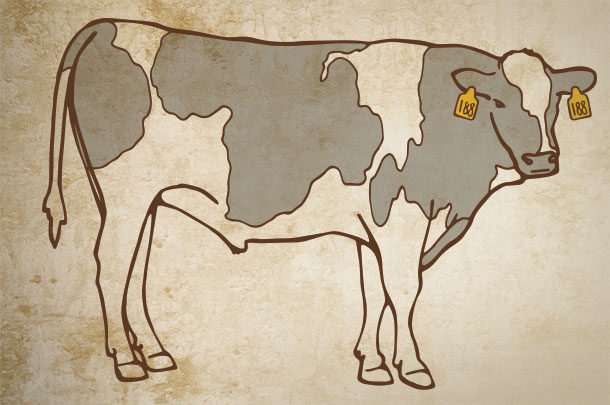Dairy farming is a revered way of life. Famous folk from evangelist Billy Graham to Hall of Fame basketball coach Pat Summit have extolled the virtues of working on a dairy farm.
Hard work, self-reliance, commitment to the land and family are just a few of the virtues that seem to be associated with the work. Indeed, as former U.S. Senator and Secretary of Agriculture Mike Johanns said, “Growing up on a dairy farm, you certainly learn discipline and a commitment to purpose.”
It’s the nature of a 24-7, 365-days-a-year job to be all-consuming. In my 35 years of working as a safety professional in the property casualty insurance industry, I have met and worked with many dairy farmers, and I have been impressed with them.
They are smart business people who take pride in the lifestyle and who really do care about the people who work for them. In addition to facing the challenges of running a business and worrying about the weather, market prices, the economy and the very real safety and health hazards of their business, they have unique management challenges as they lead a multi-cultural, largely immigrant workforce.
In a 2013 issue of the Journal of Agromedicine, it was noted that “farmers have become increasingly reliant on immigrant workers to milk cows and perform other essential farm tasks.” In the same article it was noted that dairy farmers have concerns about protecting these workers and “rated five of 10 safety behaviors as of moderate, high or extreme concern due to their employees’ ability to read, write, speak or understand English.”
Dairymen have another important reason for taking this seriously, as they and their families live and work around many farm safety hazards. These are major contributing factors to the reality that farming in general, and dairy farming specifically, remain one of the most dangerous occupations (see Figure 1).

Where does one start? In a training meeting I conducted this year for a group of Utah dairy farmers, I suggested, “Start with the killers.” Although there are many hazards on a dairy, these are the ones that can kill or maim and have devastating impact on workers and their families.
1.Tractors and machinery
Dairy workers have been injured or killed by tractor rollovers, being caught in or between machinery, being run over or engulfed in grain bins. Of all of these, the most commonplace hazard I see when it comes to machinery is an unguarded power take-off shaft. Keeping these shafts properly fitted with working guards that are not a hazard in themselves is a constant struggle on most dairies.

A spinning PTO can catch a piece of clothing or hair in an instant and bring dismemberment, disfigurement or death. Utilize the guard provided by the manufacturer if at all possible. If you fabricate a guard, make sure it meets a reliable engineering criteria, such as the appropriate ASABE standard. It takes a strong and continuous commitment to keep this exposure under control.
2.Confined-space hazards
Thankfully, confined-space accidents are relatively rare on the dairy, but the exposures exist and incidents usually involve multiple fatalities. On the dairy, one should be most concerned with an area that has limited or restricted means for entry or exit, is not designed for continuous occupancy and may have a hazardous atmosphere (toxic or oxygen-displaced) or potential for engulfment.
All dairies face the problem of storage or processing of manure. As manure decomposes, whether by aerobic or anaerobic processes, gases are produced that could displace oxygen or comprise a hazard on their own, including methane, carbon dioxide, ammonia and hydrogen sulfide.

Pay attention to proper harnessing, personal protective equipment, gas metering and retrieval apparatus in these cases. As a general rule on a dairy, I would use permit-required procedures on any space where the depth was a multiple of the width. Examples would be manure pumping transfer sumps, manure separation tanks or bunkers.
3.Working with bulls
A mature bull will weigh between 1,200 and 2,000 pounds depending on the breed. Serious injuries and fatalities can occur when a worker is trampled or caught between the bull and the corral or other structure.
Dairy bulls have a reputation for aggressiveness, particularly when raised on the dairy, and accidents commonly occur in bull holding areas. Corrals should be designed with this in mind, and workers need constant reminders about the hazard. Aggressive bulls should generally be replaced.
Conclusion
Dairy farming is a demanding management challenge. Think of keeping your family and your workers safe in the same way you do about milk quality, herd development or any operational issue. It must become a priority task, but you are not alone.
If you have a workers compensation insurance policy, your carrier can probably provide assistance with employee training. The High Plains Center for Agricultural Health and Safety (HICAHS) at Colorado State University is also a good source of information. PD
References omitted due to spacebut are available upon request. Click here to email an editor.
-
Dan M. Hair
- Chief Risk Officer
- Workers Compensation Fund
- Email Dan M. Hair






